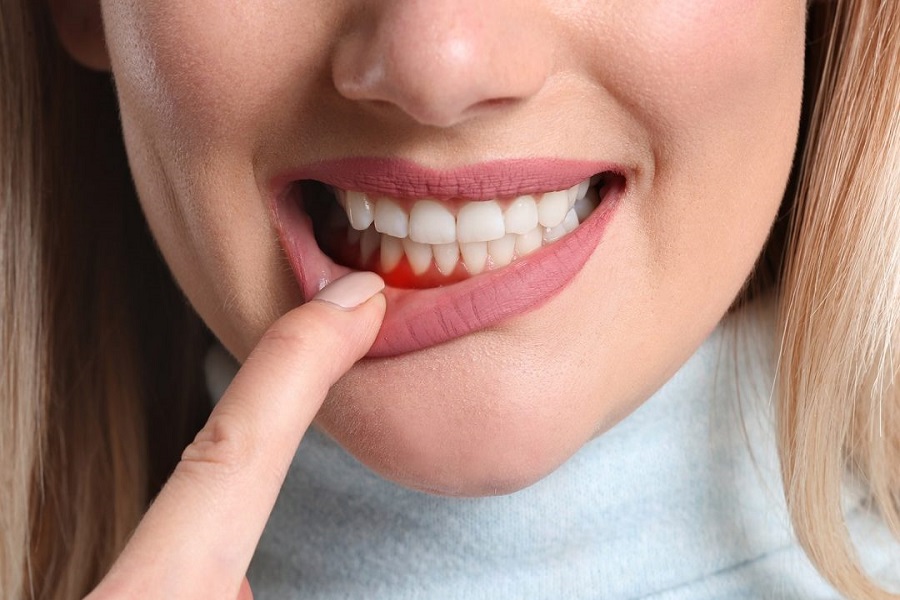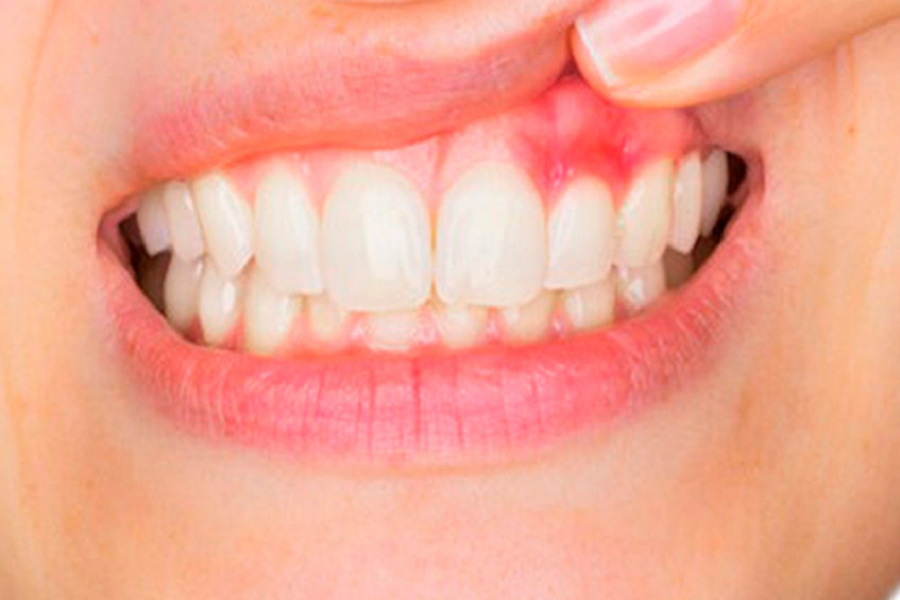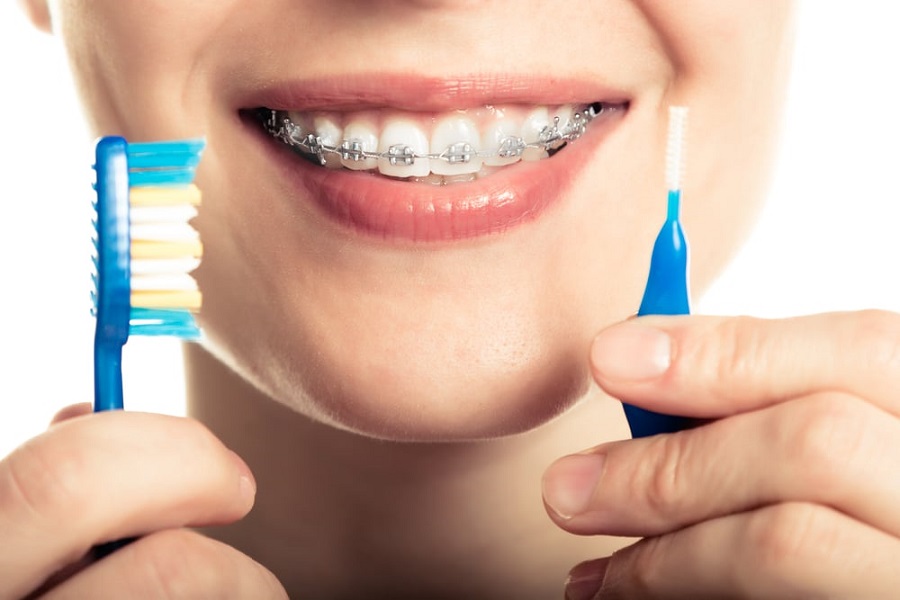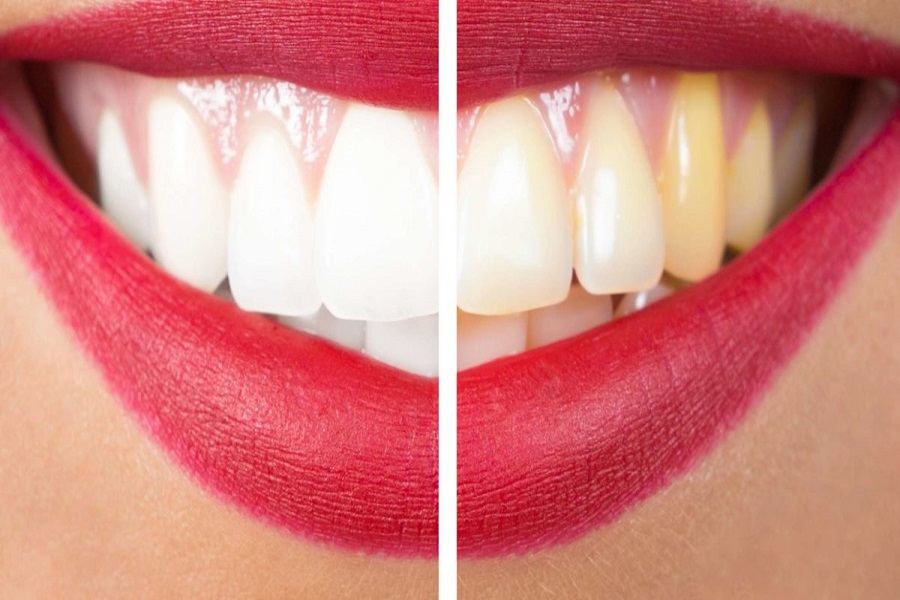Flossing can prevent gingivitis by cleaning out of the reach of your toothbrush. The teeth are not only the buccal, occlusal and lingual surfaces, but also the interdental surfaces adjacent to the teeth on both sides. Daily brushing can only clean up to the above three surfaces. If the gap between the teeth on both sides is not cleaned for a long time, food debris and bacteria will accumulate, which will gradually form dental plaque, stimulate the inflammation of the gums, and cause oral diseases such as gum swelling and pain. Use dental floss to clean between your teeth better.
In fact, after the teeth have fully erupted, that is, after the age of 3, you can use dental floss. However, due to some misunderstandings, many people reject flossing. Some people think that the movement of dental floss between the teeth for a long time will make the gap between the teeth larger and affect the appearance. Between the root and the bone is a thin membrane called the periodontal ligament. It is elastic, which is equivalent to a shock absorber and a spring in the oral cavity, which plays a buffering role. When the dental floss is placed between the teeth, a physiological gap will be created. Within the elastic range of the periodontal ligament, the gap disappears after the dental floss is taken out. Due to the cushioning of the periodontal ligament, flossing will not make the gap between the teeth larger.
How to use dental floss correctly?
First, clean your hands, pull out a long enough floss, and wrap a short section around the fingers of the left hand, leaving a finger length in the middle, and wrap the rest of the thread around the fingers of the right hand. Place the floss between your fingers between your teeth. First get close to one tooth between the teeth, pull the floss up and down to clean, and then use the same method to clean the other tooth between the teeth. When finished, switch to other interdental spaces. At the same time, wind the used dental floss to the left hand, and release a new end of the dental floss in the right hand to ensure that each interdental floss uses a new, clean dental floss. Flossing can be done at night before going to bed, or every two or three days or once a week if daily use is not guaranteed. At the same time, every space between teeth should be cleaned as much as possible.






























